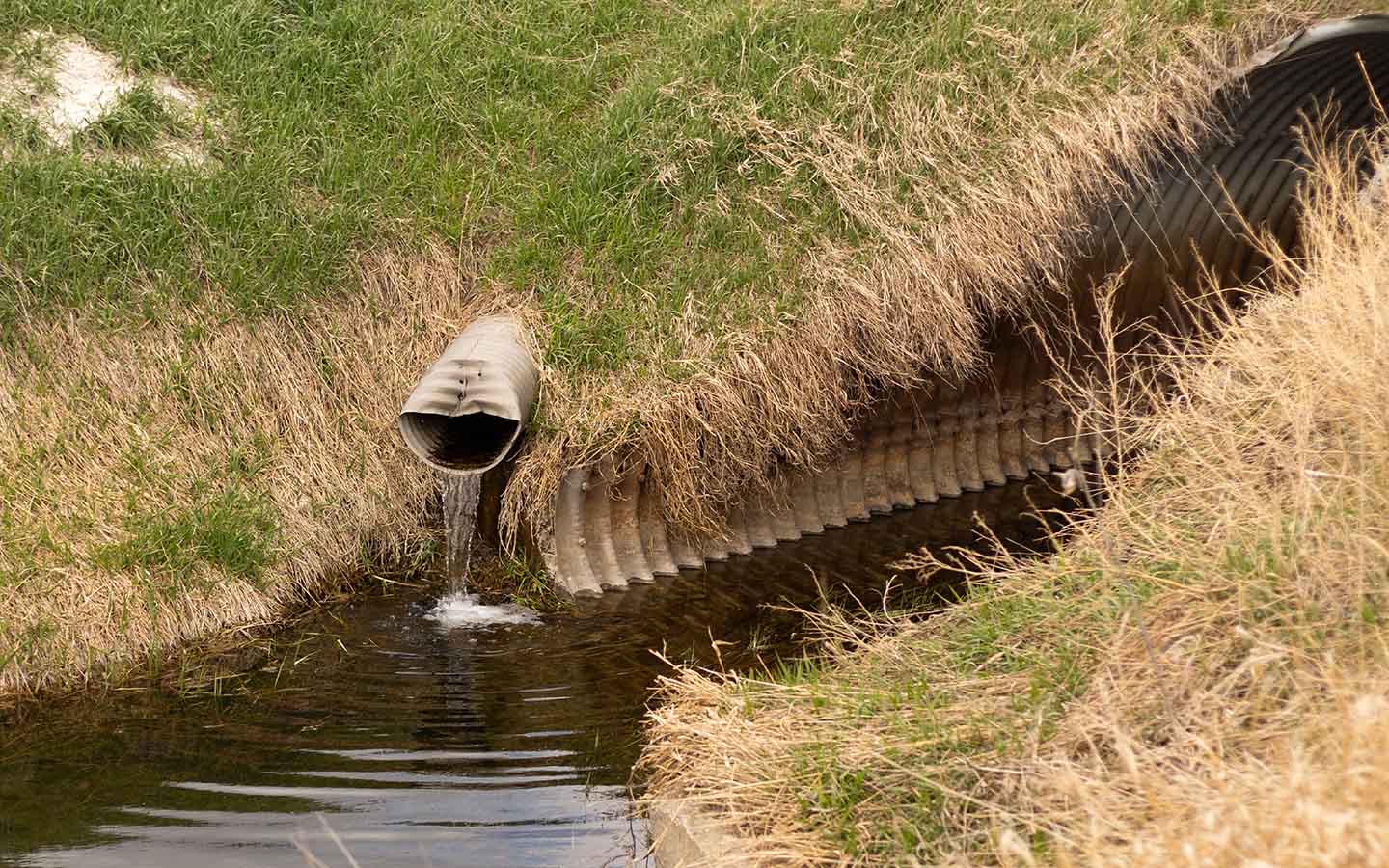
Photo: Iowa Soybean Association/Joclyn Bushman
Discover the impact of your farm by monitoring water
May 23, 2024 | Kriss Nelson
Routine water monitoring can provide any evidence a farmer may need to adjust management practices accordingly to reduce the amounts of nitrogen and other nutrients lost through tile drainage.
The Iowa Soybean Association’s (ISA) Research Center for Farming Innovation (RCFI) conservation programming involves monitoring farmers’ water quality, providing feedback, and analyzing their water quality results yearly.
Tony Seeman, ISA water lab service manager, is still accepting applications for this year’s program.
“Whether you have implemented a new management practice in one field, such as cover crops, and want to compare the water quality results to another field without cover crops, or if you simply want to understand the conditions of the water leaving your fields, we can help you,” says Seeman.
ISA’s water monitoring team will regularly collect samples from tile outlets, intakes, or streams. Farmers will then receive updated reports throughout the growing season and a comprehensive analysis at the end of the growing year.
Samples are tested in-house at ISA’s accredited lab. The lab is certified by the U.S. Environmental Protection Agency through the Iowa Department of Natural Resources to analyze E. Coli bacteria, nitrates, and fluoride under the Safe Drinking Water Act.
Not only can routine water monitoring help farmers assess their progress toward meeting the Nitrogen Reduction Strategy goals, but it may also help them reconsider the value of following the 4Rs of Nutrient Management: the right source, right rate, right place, and right time, to ensure the crop is using those nutrients and not sent straight to the river.
Seeman says water monitoring can be especially valuable this year, coming out of a drought. Previous data shows higher rates of nitrates in water in years following a drought. This is due to nutrients that have been accumulating in the soil and not being taken up by struggling crops.
“It has been working in our favor, having good yields during these dry times,” he says. “In previous years, yields were low, making higher nitrate numbers once the drought was relieved, flushing multiple years of nitrogen into the water. We hope not to see flushing of those built-up nutrients that will cause numbers to go too high.”
Anecdotally, early test results indicate that cover crops have been beneficial in addressing this issue this spring, including fields in their first year of cover crops.
“Cover crops seeded last fall are there to grow in the spring, taking up nitrogen and using up some excess water,” says Seeman. “As the water leeches below the cover crop root, there is less nitrogen for the water to pick up and take to the tile line. We are seeing the positive impacts of cover crops this year.”
Seeman advises to be cautious when sampling your water. High water levels can be dangerous, and water often contains more contaminants than just nutrients.
“Stay away from those areas until water levels recede,” he says.
For real-time water quality data, visit the Iowa Water Quality Information System.
To learn more about ISA’s water quality monitoring program, contact Seeman at 515-334-1042 or aseeman@iasoybeans.com.
Back